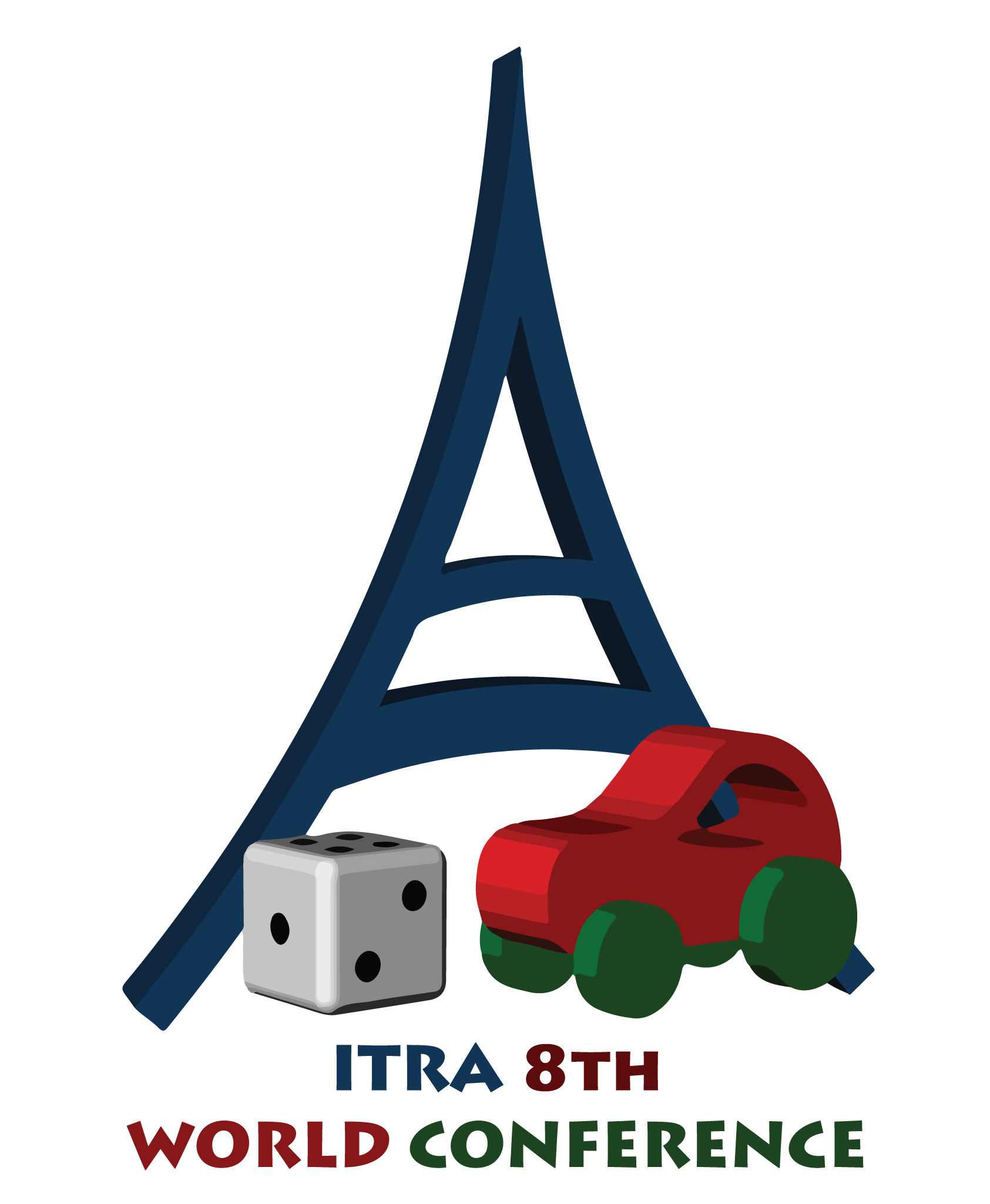Analysis of the Toys Owned at Home by 4-5 year-old Children and the Toys they Prefer to Play with
Abstract
The purpose of the research is to analyse the toys owned at home by 4-5 year-old children and the toys they prefer to play with. 455 children aged 4-5, going to 8 independent nursery schools operating on the European Side of Istanbul under the Ministry of Education in 2015-2016 Academic Year, and their parents were included in the research. The "Personal Information Form" developed by the researcher and the "Toy Preference Form (TPF)" developed by Onur were used in the research as data collection tools. The toys used in OTF are formed by collecting, under the general headings, those mentioned in the literature and in daily use, serving similar purposes. These titles are classified as babies, miniature objects, manipulative, electronic, handicapped, educational, desktop, musical, moving toys, gaming materials, current heroes, models, war toys and others. Parents filled out their personal information forms and answered the question "What kind of toys do your children have at home?" The answers were then grouped according to the toy classification categorized by Onur. Taking the necessary ethical rules into consideration, the toys that were photographed were placed in a file according to category order. The picture cards with the toys were shown to the children and they were asked which and which ones they wanted to have. Thus, the parents' toys for children were compared with the toys they wanted to own. The data obtained from the research were transferred into a digital format, independent samples were tested using t-test and one-way analysis of variance (ANOVA). When the findings were analysed, it was observed that; the children mostly preferred to play with miniature objects, heroes of the time and moving toys. 5 year old children were observed to prefer manipulative toys more than the 4 year old children. The girls were observed to prefer dolls/plush/animals, miniature objects and handmade toys more than the boys; whereas the boys were observed to prefer manipulative toys, electronic toys, desktop toys, musical toys, model toys and war toys more than the girls. Looking at the findings of the toys owned at home, it was found that the children mostly had miniature objects, manipulative toys and dolls/plush/animals at home. 4 year old children were observed to have a greater number of desktop toys compared to 5 year old children. While the girls were observed to have dolls/plush/animals, miniature objects and handmade toys, the boys were observed to mostly have electronic toys, musical toys, game stuff and war toys.
| Origin | Files produced by the author(s) |
|---|
Loading...
